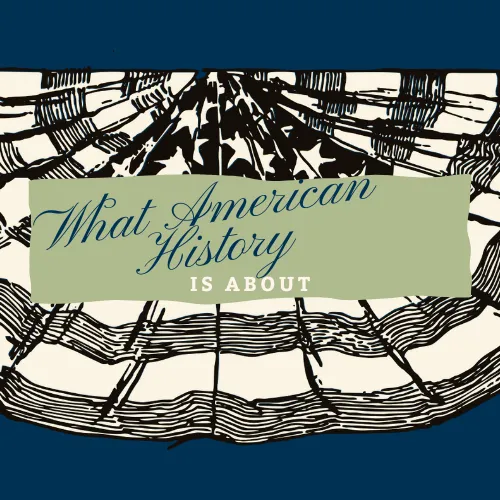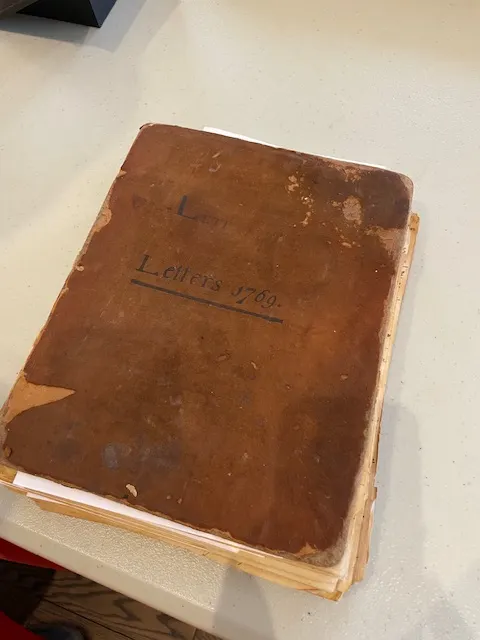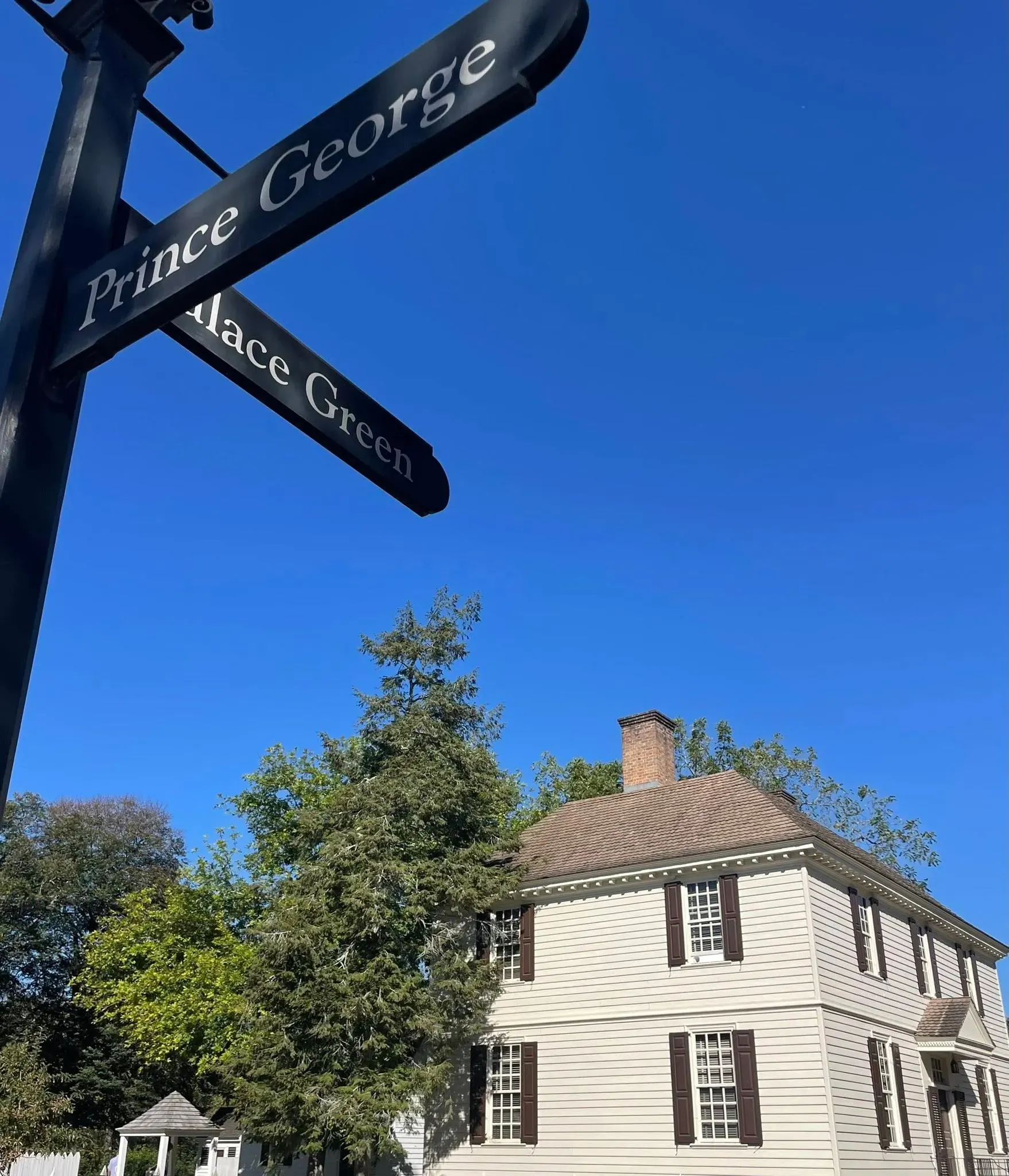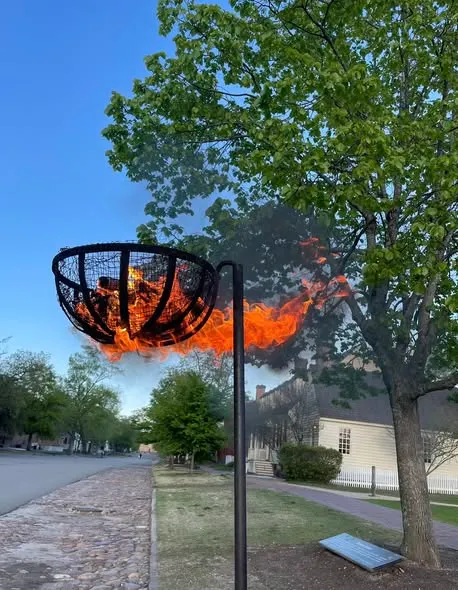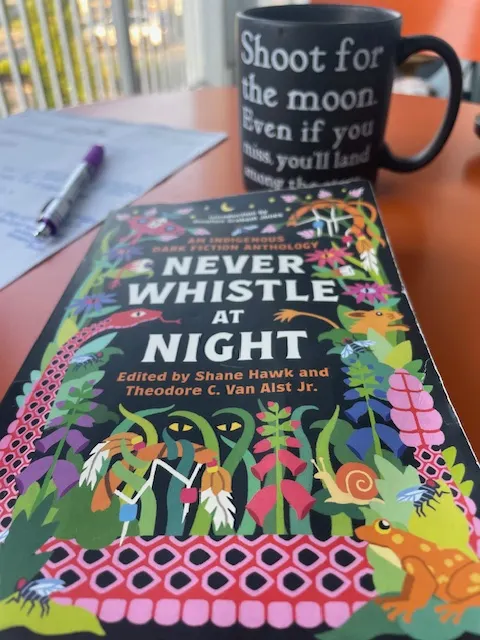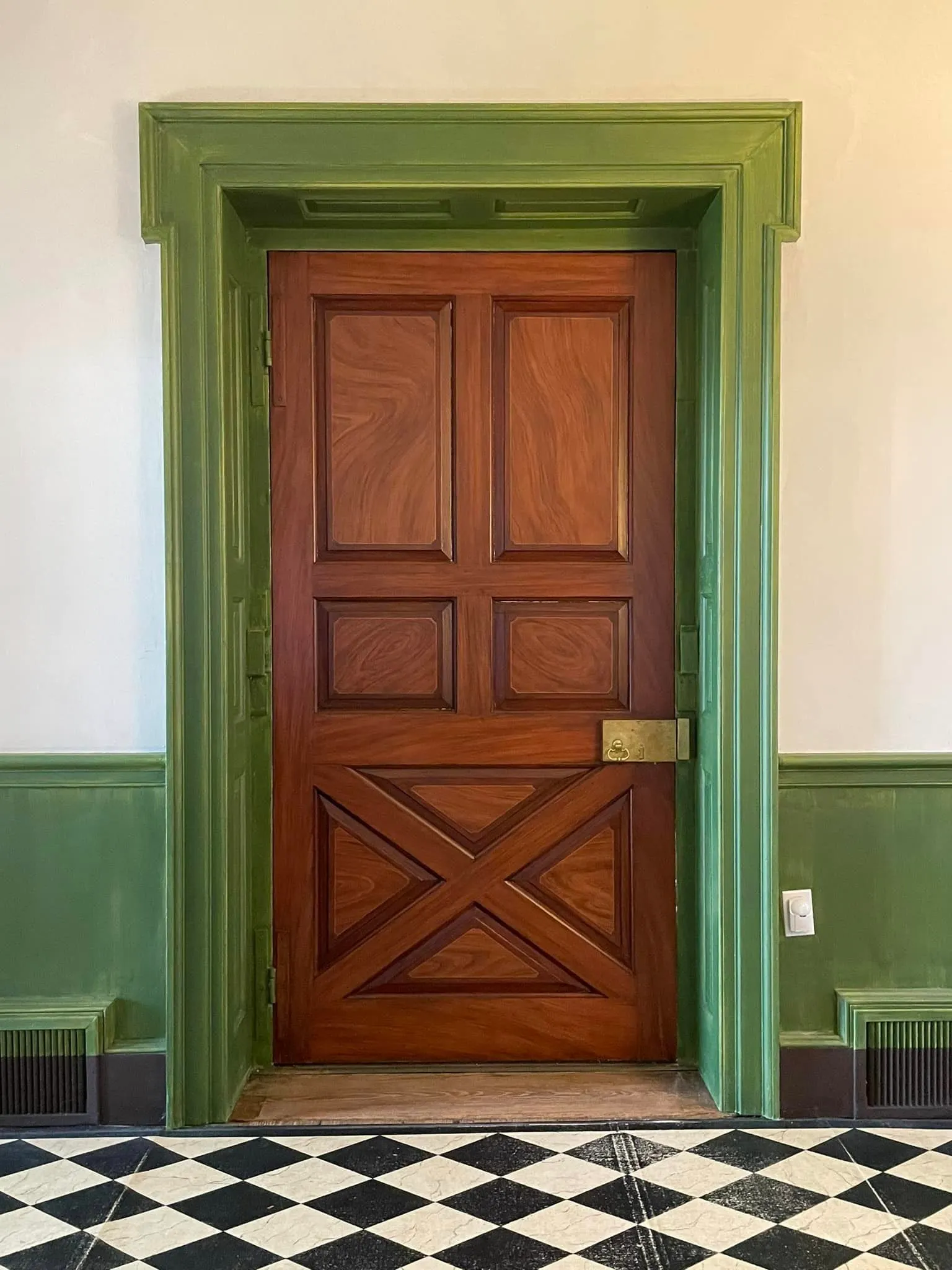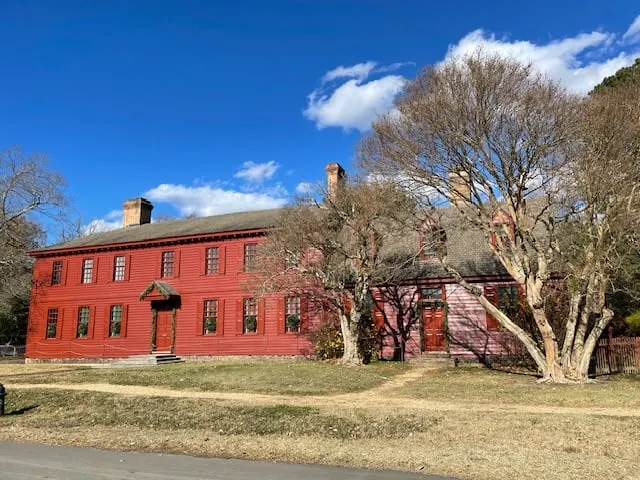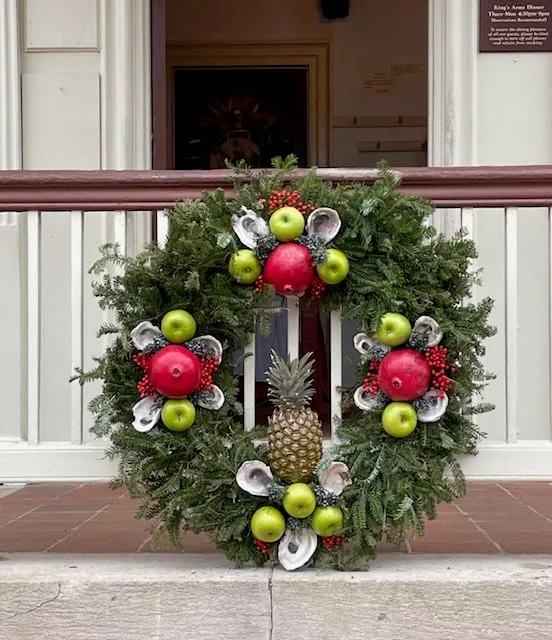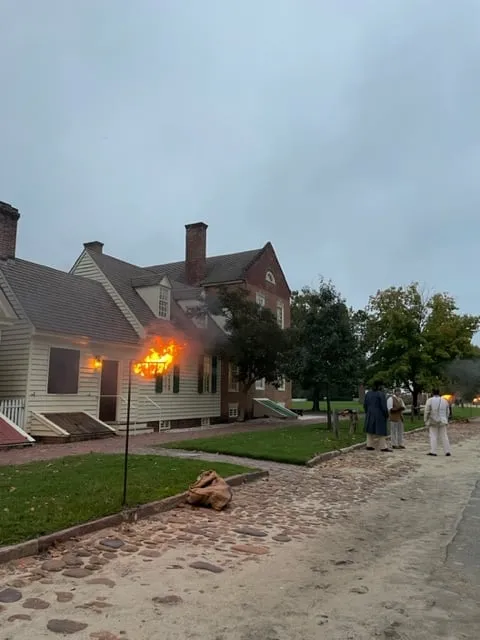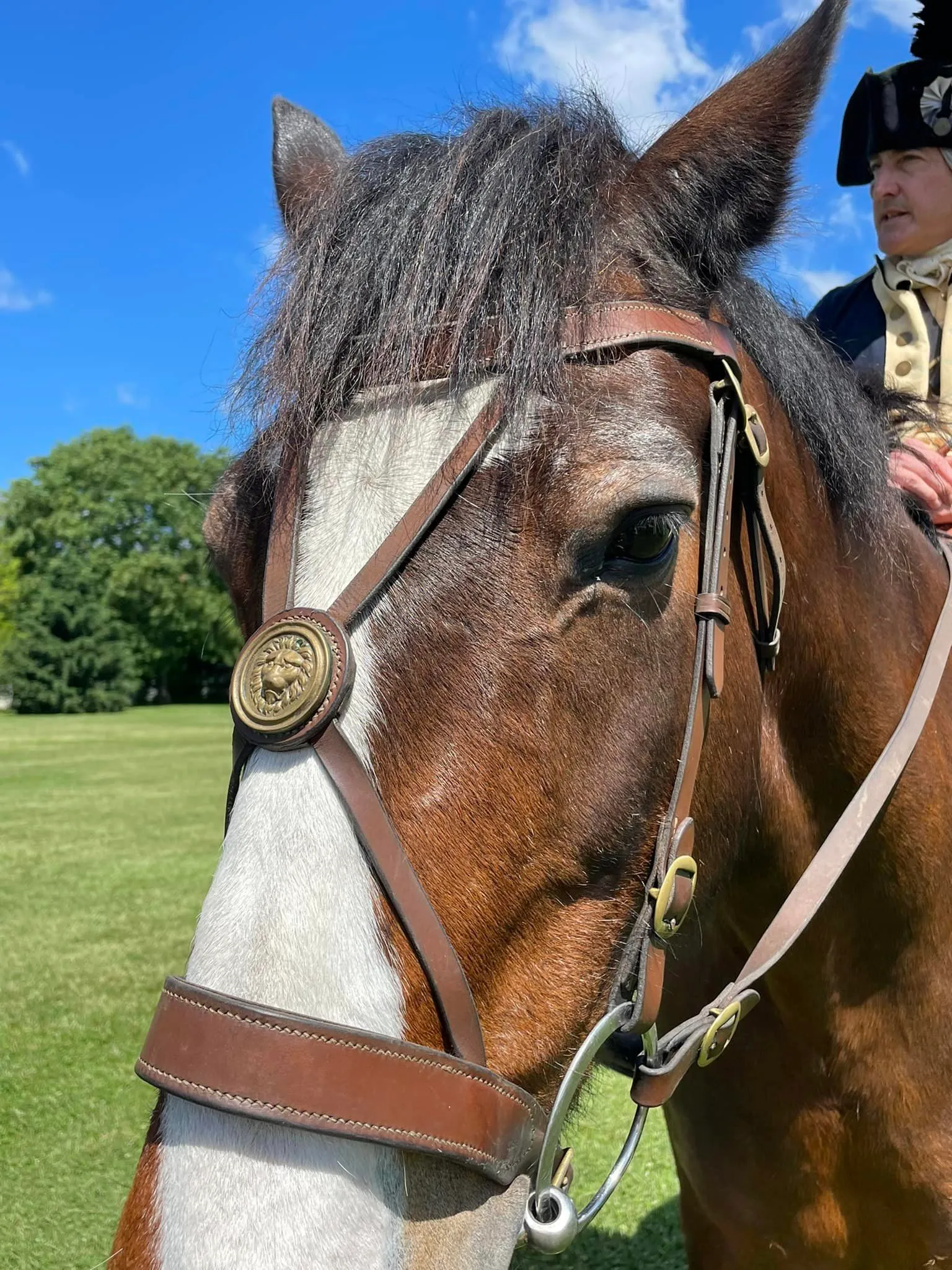Colonial History Learned From the Trees Around Us
I learned a lot about trees yesterday, but the loblolly and white oak stood out to me.
But first, I had a quick chat with my friend and also-former-Michigander Chris while grabbing coffee at the St. George Tucker House in the historic area of Colonial Williamsburg (CW).
We talked about how this blog touches on topics to give a little taste of history, some bits you may not have heard about, purely for instant entertainment and an a-ah moment or even to inspire some of y'all to dig deeper.
Whatever your reason for reading this blog, I'm grateful and I hope you enjoy it!
That chat was right before I was headed out to the Compton Oak to meet my guide for CW's arboretum tour. Yes, you heard that right, we have an arboretum tour and I take every tour I can- because it always relates to history- and that fascinates me.
Chris- this post is for you! A taste of botany and history in one shot!
RELATED: Read the story of the historic Compton Oak here.
Necessary disclaimer: As a blogger, I use affiliate links sometimes! I may receive commission from purchases I share; it does not change your price but sometimes you might get a discount.

Drone view in Colonial area, photo credit: Tom McAuliffe
Trees are seen everywhere in CW. Both literally and in the trade buildings.
First off, I need to preface this post with a few facts about trees and CW:
- The early colonists pretty much depleted trees early on and Williamsburg as a city was laid bare, except for the Catulpas lining the Palace Green starting around the 1730s and ornamental/experimental trees in private gardens.
- Our historic area is a literal arboretum, designated a Level 2. When Rockefeller invested to rebuild CW, he hired a team focused on botany. The current trees are meant to teach us history and would've been found during the Colonial era.
- Crepe myrtles are the exception! Our guide let us know that Rockefeller loved them and it's said that George Washington may have had one at Mt. Vernon... so somewhat authentic? Maybe.
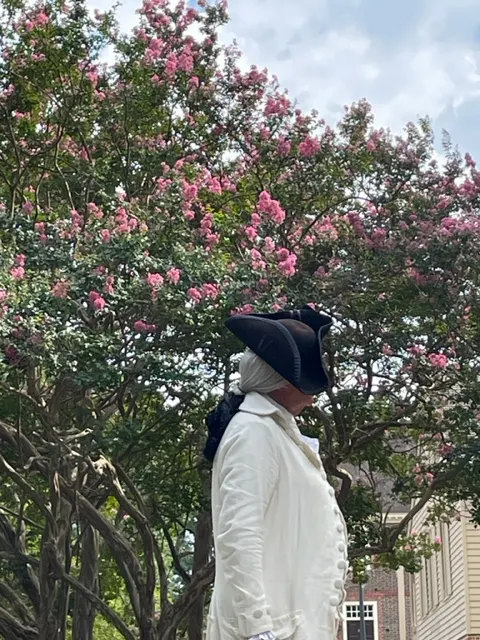
Washington performance on stage with crepe myrtle backdrop
Examples I've found around CW:
Governor Gooch's Catulpas: I've learned from two sources that Jefferson wrote about them and thus, they line the Palace Green!
As mentioned earlier, there weren't trees along the streets of Williamsburg, however, if you wandered the Palace Green you were able to get shade from the hot summer sun and a reprieve from the heat and humidity of Tidewater Virginia. (and yes, we wander under them today!)
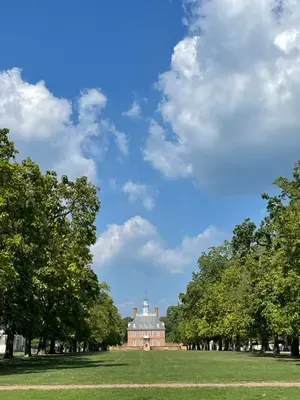
The Catulpas on the Palace Green
Pawpaw: The Palace Kitchen have used pawpaws for demonstrating food from the 18th century. It's a fruit ripens like a banana (green to yellow to brown) and is custardy in texture. They're common down here and Washington is said to have used them in his ice cream! Southern Living recommends them for your garden - check it out here. The timing has to be right to grab them, it's a short window.
Sugar Maple: used by the gunsmiths for the rifles they create- lock, stock, and barrel as was done for hunting rifles in Colonial Virginia. According to our gunsmiths in CW, curly sugar maple, which comes from a recessive gene, is definitely preferred.
Sycamores and smoke trees: There are a few in town that the CW staff actually pollard (click here for detail on the process). Taken from Romans, this is something that was done in Colonial times to control the shape and canopy of the tree and, surprisingly, without the benefit of trucks and buckets we have today. It always amazes me what they did "back in the day."
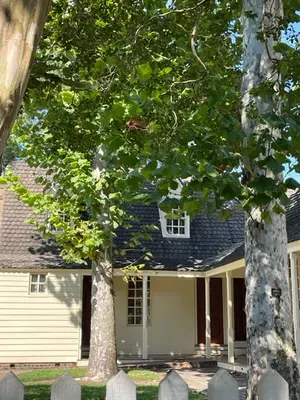
Sycamore - pollard example.
Persimmon: This fruit tree's wood was commonly used in the past for golf clubs! It's an extremely hard wood known for how easy it to bring to a shine.
Fig: Lots of these and if you know, you know. Figs are exceptional for all kinds of dishes and another fruit I enjoy seeing around the kitchens.
Pomegranate: Lots of these too! From the Colonial Garden exhibiting what was more ornamental than functional and used for food, to random spots around the historic area, you can spot them all summer.
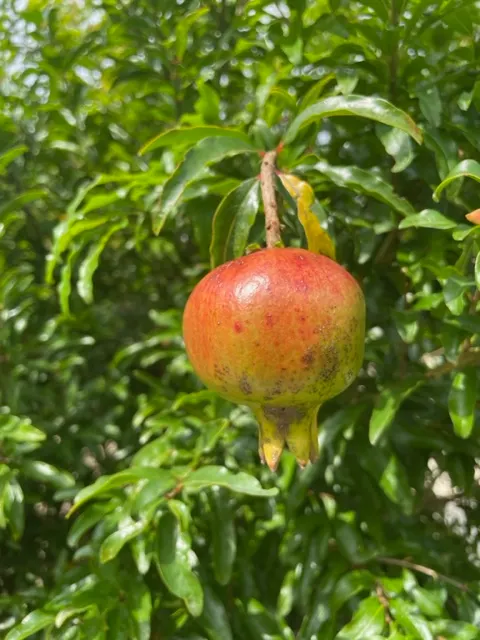
Pomegranate in the Colonial Garden
Two trees that had a major impact.
Our arboretum guide, Rick, said it well and I'm paraphrasing from memory: if loblolly's built Williamsburg, white oak built the ability for living and trading.
1 The loblolly, a special kind of pine.
Because the taproot reaches straight down, this pine grows well in marshy areas (and stays strong). Perfect for the Tidewater and other coastal regions nearby. One of the gentlemen on our tour is from Eastern North Carolina and talked about his great-grandfather's loblolly trees!
Also special: the resin.
Because of the strength and make-up of this tree, it's often found in floorboards of original Colonial homes around CW.
2 White Oak, not to be confused with English Oak, as the Colonists learned.
Our guide mentioned that if you were a colonist, it was pretty important to know the difference between white oak and red. With so many species of oak in the area, it was vital to get a handle on the quality and usability of each type.
I believe our guide said there were at least 5 species of oak that could be spotted standing on the corner by the Prentis Store that sits on Duke of Gloucester Street.
White oak is much better for things like shipbuilding, barrels and buckets. (I'll be visiting our cooper to discuss this topic). Red oak can leak, whereas white oak. The English Oak used back in the mother country was stronger than red, but not near the quality of the white oak found here!
White oak literally impacted the daily life of early Americans and built the ships that traded with other nations. It's not a surprising since literally everything I learn here ties back to economics and simple survival. (with some culture and human complexity mixed in of course!)
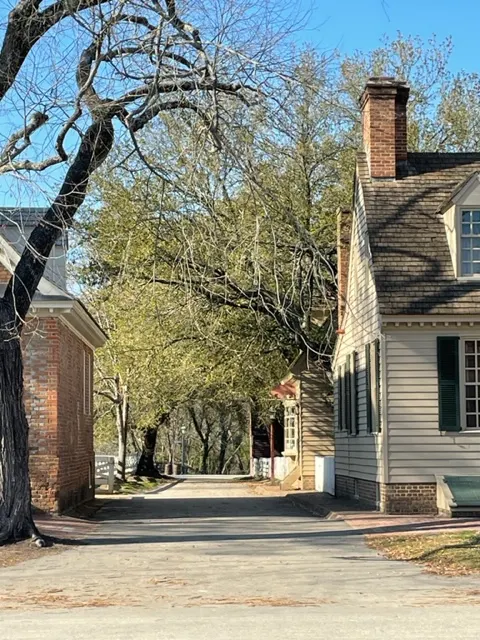
Lane by the Prentis store.
Trees in your state's history.
Maybe I'll dig deeper and/or circle back to this topic down the road, but in the meantime, share if you have something specific to your state and the trees that are/were there throughout history.
Our nation is rich with it and all tidbits of American history are not only welcome, but invited!
To close it out, if you want a bit more botany in your life, here is a list of arboretums I found.
And of course, staying with my sort-of tradition: words from someone in history.
This time from Thomas Jefferson, written in discussing construction for the University of Virginia with it's first proctor, Arthur Spicer Brockenbrough. Specifically the recommendation of using white oak. To see the source, click here.
Thomas Jefferson to Arthur S. Brockenbrough, 29 August 1819
To Arthur S. Brockenbrough
Poplar Forest Aug. 29. 19.
Dear Sir
I inclose you a letter recommending a mr James Wade of Lynchburg for the conducting water to the University. I have other satisfactory information, of his skill, industry and fidelity to his engagements. he will undertake to work at the Philadelphia prices, whatever they are, altho’ he does not know what they are. he will come the moment you call for him but says the timber had better not be cut until the last of Sep. he considers white oak as far the best & most durable & prefers joining the logs by wrought iron boxes & iron hoops on their ends. if you have no one engaged, you cannot do better than to employ him, and in that case he expects you will drop him a line, fixing the time when you would wish him to come. I salute you with great esteem & respect.
Th: Jefferson
Enjoying this blog? I have an online tip jar! Click here to tip me.
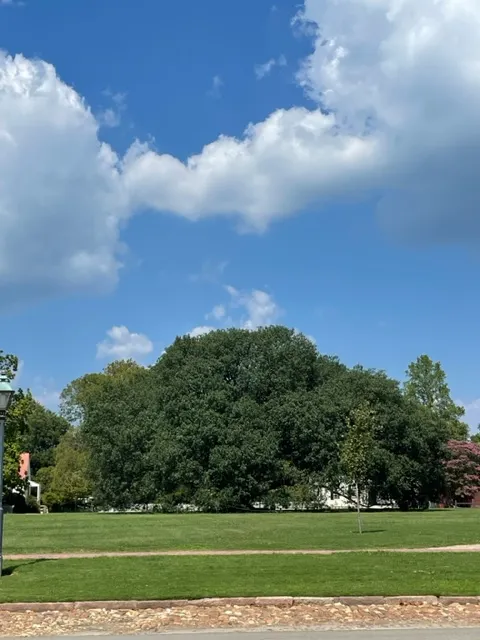
CW's Compton Oak
There is a huge practical disclaimer to the content on this blog, which is my way of sharing my excitement and basically journaling online.
1) I am not a historian nor an expert. I will let you know I’m relaying the information as I understand and interpret it. The employees of Colonial Williamsburg base their presentations, work, and responses on historical documents and mainly primary sources.
2) I will update for accuracy as history is constant learning. If you have a question about accuracy, please ask me! I will get the answer from the best source I can find.
3) Photo credit to me, Daphne Reznik, for all photos in this post, unless otherwise credited! All photos are personal photos taken in public access locations or with specific permission.
